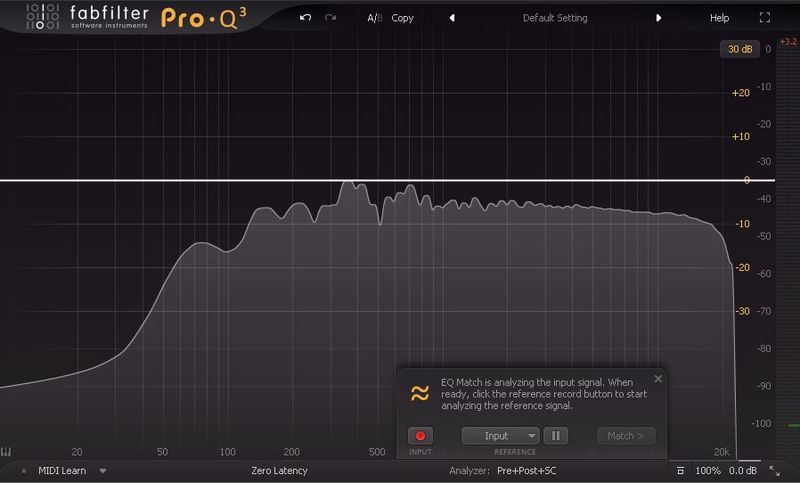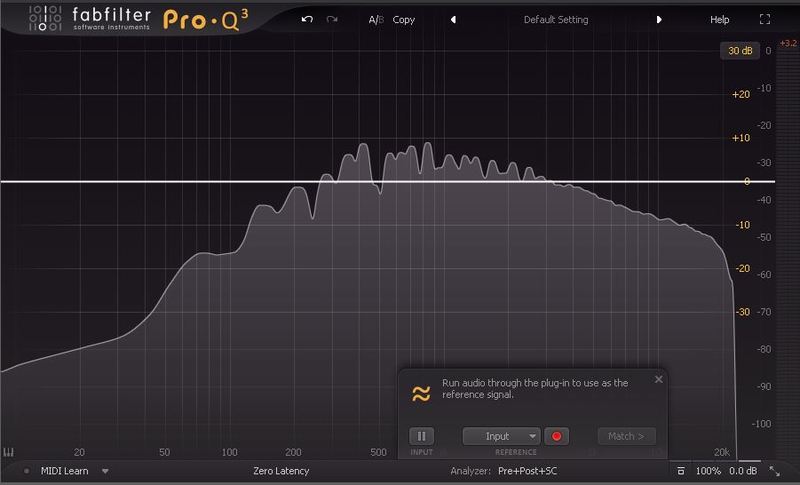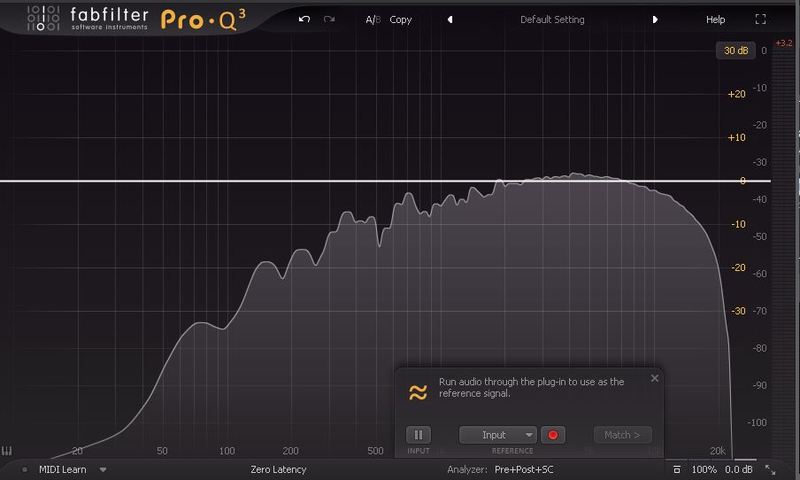AudioThing Type B review by Andrulian's Blog
Introduction
AudioThing have introduced Type B, a plugin inspired by a vintage exciter effect.
Type B is available from AudioThing in VST, AU and AAX versions – 64bit only – typically priced at 59 Euros.
Background
Type B is a plugin inspired by a famous vintage exciter effect.
The original unit was designed to add presence and brightness to vocal or instrument tracks. It was often used to enhance dull recordings where the high frequency content was missing due to tape overdubs.
The original aural exciter algorithm was developed in the mid-1970s by Aphex Systems. At first, it was only available to recording studios to hire. It was incredibly expensive for the time – a cost of $30 per minute of finished recording time in 1975. Eventually, its popularity led to the release of commercially available models like the Type B and Type C.
Type B lets you control more aspects of the exciter circuit emulation than the original, giving you access to the internal filter, the harmonic generator and more.
Exciters work by generating high-frequency content that is not part of the original signal using a combination of filtering and distortion (harmonic generator). The input signal goes into a filter – usually highpass, but you can also choose bandpass with Type B – before feeding it into the harmonic generator. You have controls over the generated harmonics using the color parameter and the signal is then mixed back with the dry signal.
Conclusions
This is another excellent effect from Audiothing. It can add presence or air, increase clarity, produce lo-fi degraded sounds and reduce the bass or ‘boom’ of a sound.
It can be quite subtle or more pronounced. often a number of subtle changes makes a big improvement to your overall sound.
Whilst the presets give a good idea of the type of sounds it can produce, they are better off being used as a starting point. That’s because it’s very easy to learn to use Type B and it gives you a great degree of control. This allows you to easily fine tune your sound to provide the exact amount of effect required. As you start to learn to use Type B, you find lots of subtleties and nuances to greatly improve your sound.
In-Depth Review
The interface combines the best of a vintage analogue look and feel with a modern design.

Type B has a resizable interface with 3 window sizes – small, medium and big. The opening interface has preset load / save and a very handy randomisation option in the middle at the top with menu settings, notification and bypass to the right-hand side.
The main controls are below with the exciter on the left and master controls on the right.
The exciter has controls for Drive – input level to the harmonic generator;
Tune – cutoff of the filter pre/post-drive; Color – the colour of distortion in the harmonic generator.
The master controls are Input – the amount of input signal processed; Mix – the balance between dry and wet signal; Output and Soft Clip switch to enable or disable a soft clip to the output signal.
There are further controls accessed by clicking the arrow in the bottom left corner.

This gives access to the filter settings. Mode – sets the position of the filter to pre or post harmonic generator; Type – sets filter mode to High Pass or Band Pass; Slope – sets the filter slope to 12dB or 24dB; Emphasis – sets the amount of resonance.
Options gives you further controls. Direct – enables or disables the direct (dry) signal that is then summed with the excited signal; Wet Boost – adds a +12dB boost to the wet signal; Env – enables/disables the envelope to activate the noise only when an input signal is passing through; Noise – controls the volume of the background noise.
The presets give a good idea of the kind of effects Type B can produce, everything from treble boost, adding air, increasing mid-range, creating a lo-fi sound, emulating a cheap speaker.
It works very well on vocals, adding subtle or more intense brightness. It can do a similar thing with field recordings taken on your phone, I find these are generally ok quality but prone to being bass-heavy or boomy, this can reduce this type of sound or hiss and improve the sound considerably.
On drum loops it can add air, presence or create a degraded lo-fi sound. Similarly, it can tame the boom from a bass line, tighten it or give a degraded, lo-fi sound.
This is an example of processing a synth loop, using Pro-Q 3 to show how Type B affects the signal. The original doesn’t sound too bad by itself:

Whilst the processed version has less bottom end and is brighter with more presence.

I really like how you can fine-tune the exciter to your exact sound too, this second example removes virtually all of the low end and sounds much brighter, it sits much better in a mix with kick and bass because it’s not adding muddiness to the bottom end.

Original Source: Andrulian's Blog
See the product
More from AudioThing